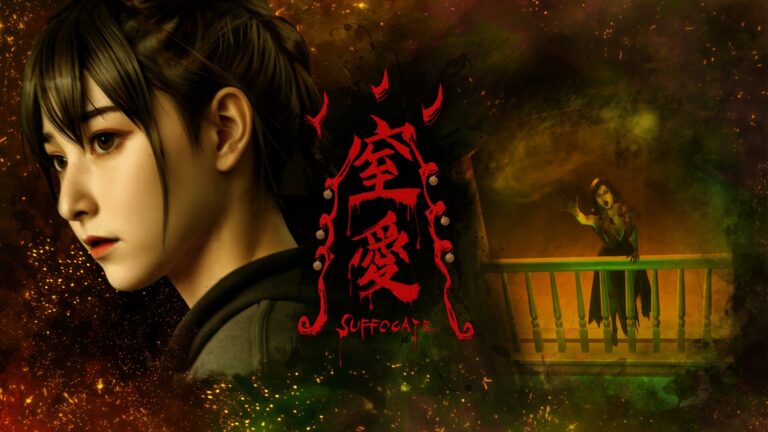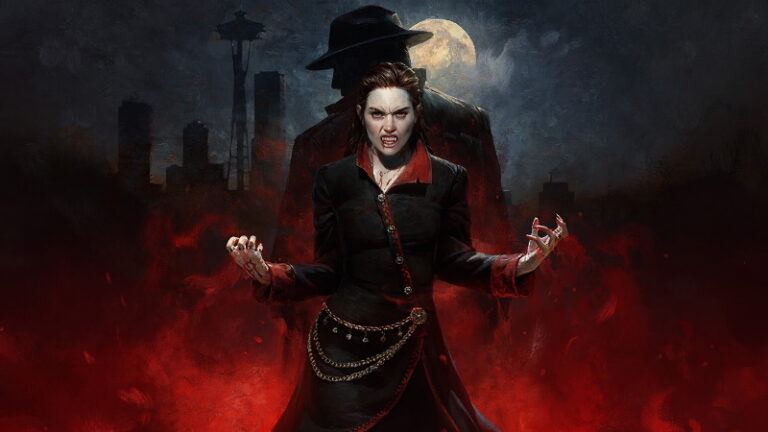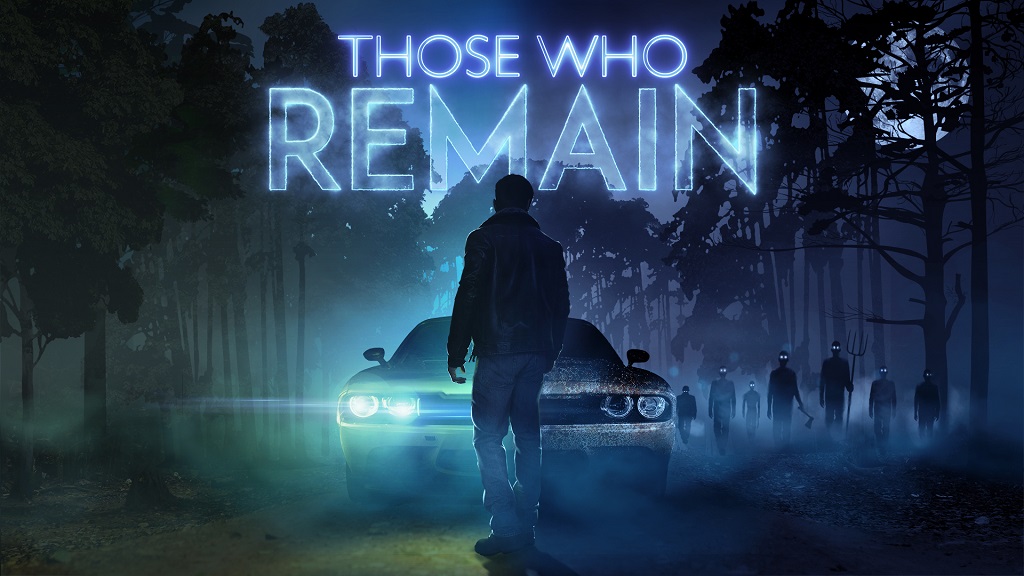
After anticipating Those Who Remain for what seems like forever, the game is finally out, and well, I’m sorry to say it isn’t exactly what I’d hoped it would be. As a horror game, it successfully achieves what it sets out to do on a purely spooky, often visceral level, and its scares are undeniably effective, so I can’t fault it for that. But unfortunately, the story and gameplay don’t fare quite as well. While well-intentioned, Those Who Remain falls short of being a memorable horror title and ends up being just an OK one.
The story starts off simply enough with our main character Edward driving to the small town of Dormont in the middle of the night to meet a friend. Once he arrives, however, his friend is missing and all the townspeople have vanished. In their place is a horde of static, shadowy figures with glowing blue eyes holding axes and pitchforks, standing just beyond the reach of the few remaining light sources of the town. It’s up to Edward to make his way through the perpetual night of the town to find out what’s really going on, as well as confront his own personal demons the journey has dredged up within him.
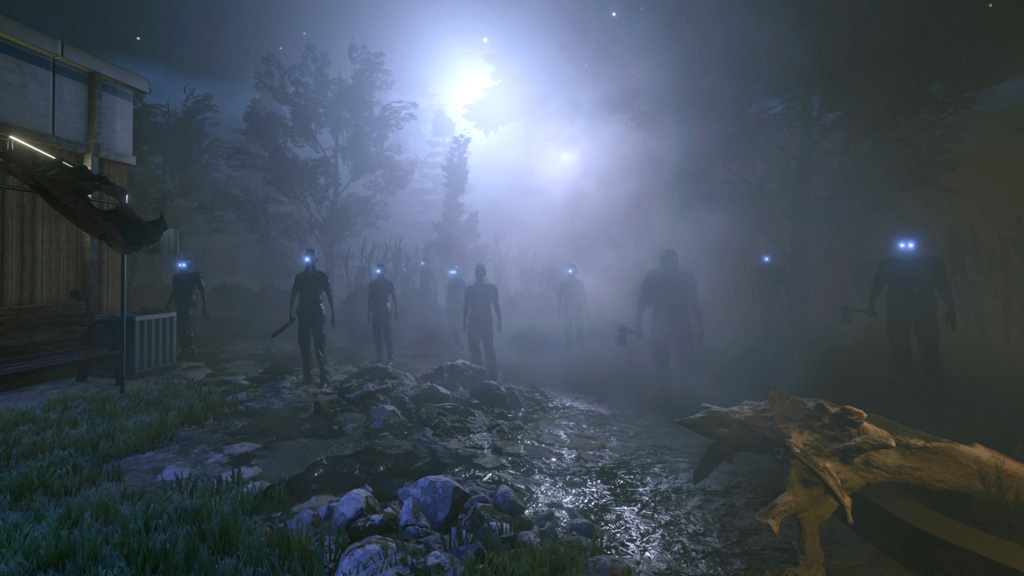
Without getting too much into the plot of the game, I will say the setup is definitely reminiscent of the original Silent Hill and other horror stories, where residents of a town suffer supernatural wrath as punishment for a hidden crime. While the story’s not necessarily simple, the way it plays out is very familiar, and the binary choices you’re given as you judge the town’s guilty parties (which affect the outcome of the game) do little to flesh out the narrative in any meaningful or substantial way. Plot threads are introduced and then later abandoned, and the vague, nebulous logic of the characters and their motivations seems to vary at random. The biggest problem with the game’s story is that it fails to add up to any kind of satisfying conclusion.
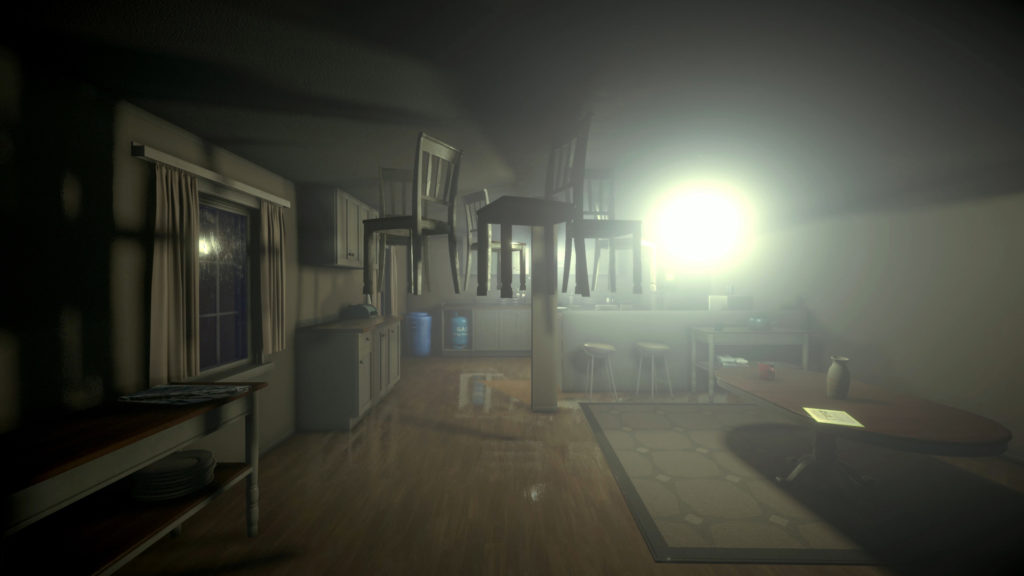
The gameplay is simply: stay in the light! You have no means of protecting yourself other than finding and turning on any light sources you come across, whether it be a standard light switch or something more substantial, like a generator or the headlights of a car. It’s a very interesting mechanic and effective at instilling a sense of constant dread in the player. Cautiously leaning into a room just far enough to flick on a glowing red switch while the dark silhouetted figures just stand there is a tense experience, augmented by the fact that the closer you get to them, the louder this surreal, almost vocal “Whoooo” ambient sound effect gets.
The sight of these shadowy figures standing there, unmoving, with their glowing blue eyes, is never not scary and gave me chills every time I saw them. Knowing they’re waiting in the darkness, just a flick of a light switch away is the type of creepy kind of dread the game excels at.
Besides the shadowy figures, the game also has larger, lumbering boss-type characters that hunt you in specific locations. The game has two main, persistent enemies of this type. One is a humanoid mass of flesh and traffic signs, and the other is a tall, lanky woman in a tattered dress. If either of them catches you, it’s instant death. As you get more info on the town and what’s happening, you learn the backstory of each of these enemies and why they’re after you. It seems like the designers couldn’t figure out which one they wanted to focus on, so they just used them both, muddling the impact and motivation of these enemy characters.
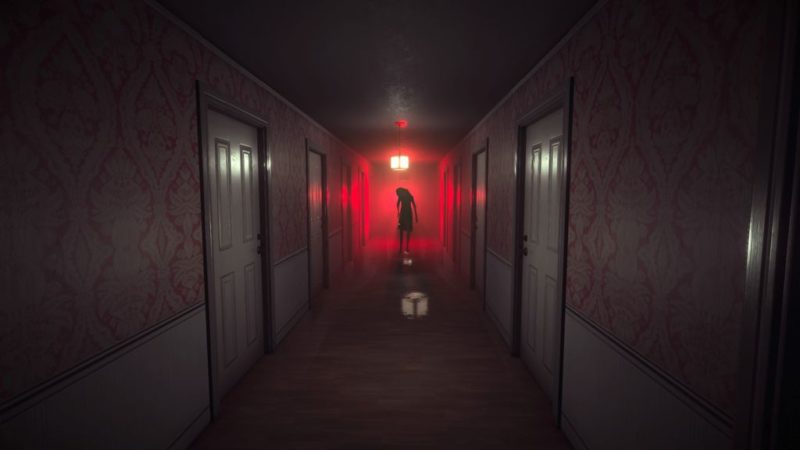
The first third of the game doesn’t rely on jump scares to unsettle players; after that, however, it starts piling them on pretty heavily. One particular scare, which was entirely an audio gag, really raised my hair and got to me. There’s nothing wrong with jump scares, even great psychological horror titles like Silent Hill and Fatal Frame have them, I just felt like some of them featured here felt cheap and lazy.
Thankfully, for the majority of the experience, the game relies on atmosphere and ambient sounds to set its ominous, dreary mood. You genuinely feel isolated and alone as you steer Edward from one treacherous location to the next, including suburban homes, a police station, post office, library, and sawmill, to name a few. I dreaded (in a good way) having to explore a new environment, fresh with horrific new mysteries to be solved. That feeling is the unmistakable mark of a great horror experience. If only the rest of the game was as effective and potent as its visceral thrills.
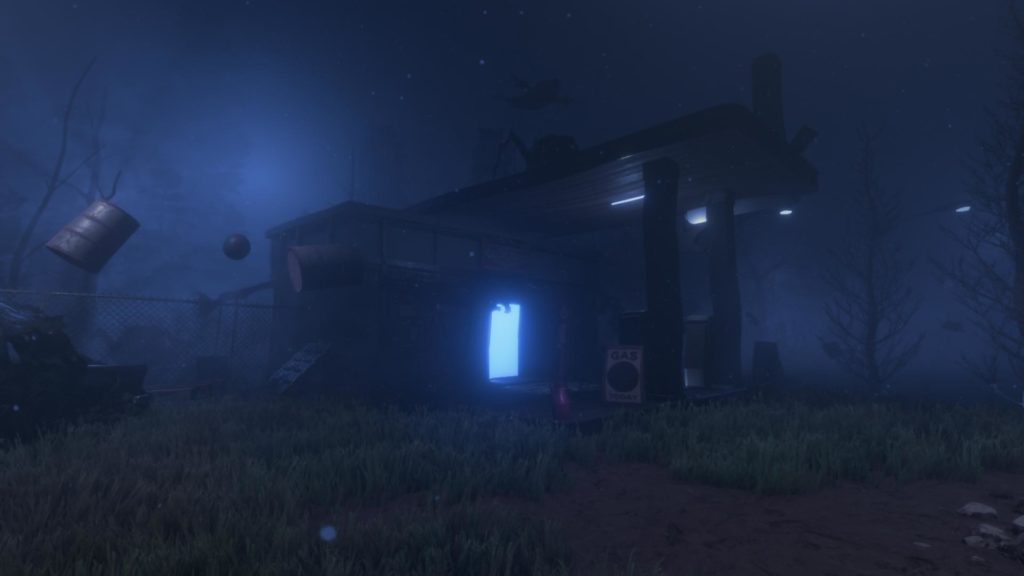
In addition to its ‘stay in the light’ mechanic, Those Who Remain also features an exploration dynamic where you travel between two separate but connected dimensions, each mirroring the other. One is a “normal” world where you spend most of the game, and the other is a desaturated “otherworld” populated by rundown and overgrown versions of the objects and environments found in the normal world. Sound familiar? Even though this dimension-swapping mechanic provides a welcome change of pace to the more standard puzzle-solving, it’s not particularly utilized in an overly creative way, and seems to be yet another example of the game borrowing familiar ideas but not doing enough with them.
How you’re meant to complete objectives is often vague, leaving you to guess what the developers want you to do. One encounter with the tall lady boss character took me close to ten tries to finally figure out, simply down to the trial-and-error nature of the sequence. You’re placed in a hallway full of doors and one random one just happens to be unlocked. You have no choice but to try every single one. Can you guess which non-descript door it is before the boss steadily stalks your way and kills you? This kind of game design is needlessly frustrating and simply not fun.
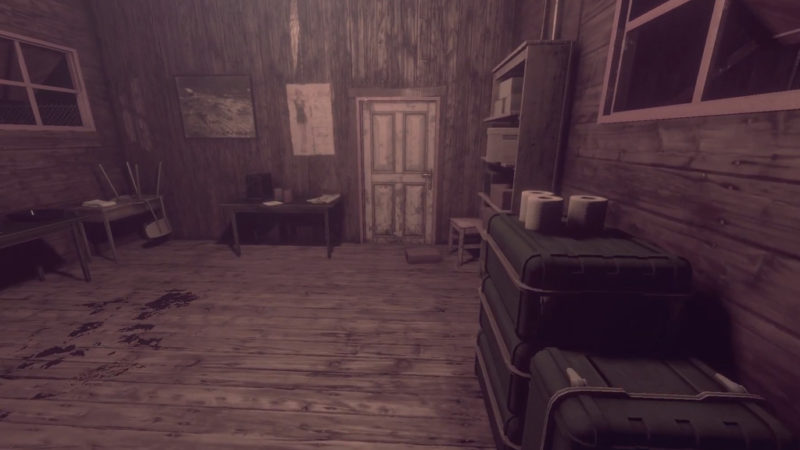
This leads into a larger problem I had with the game design: searching through every single room to find something small that’s usually tucked away in an unremarkable drawer or cabinet, with very few clues as to where it might be. Sometimes the area you’re required to search is small, and sometimes it’s not.
Once, towards the end of the game, I was tasked with finding a puzzle piece to exit the area. A clue I found said the piece wouldn’t simply be lying out in the open and was more likely kept in a “secure location.” OK, so I’m thinking it’s probably inside one of the many small houses located in the area. It took me thirty minutes, scouring every part of that damn level and removing a random box off a shelf (with no other clues or indication as to where this item might be) to finally find it.
Now, I’ve played a lot of PC adventure games and survival horror games, so I know searching for items and puzzle pieces can often be dull and monotonous, but this seemed liked overkill. For some reason, I was more annoyed than usual with the aimless searching in Those Who Remain.
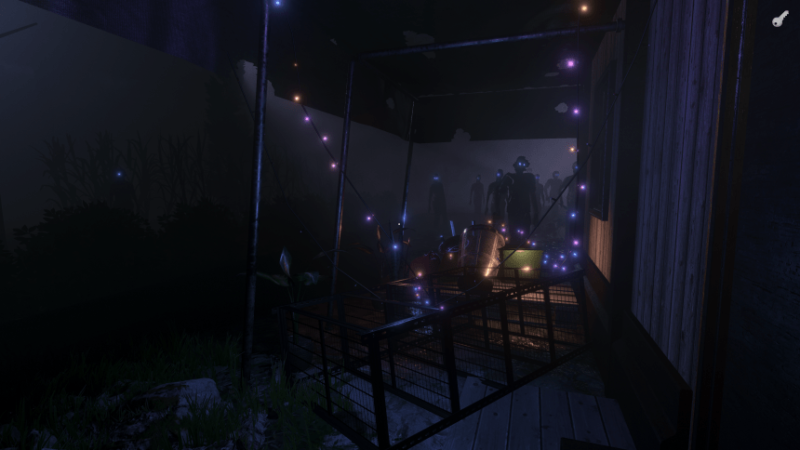
Those Who Remain is an average-to-just-slightly-above-average game at best. While it has some effective scares, is consistently creepy throughout and occasionally implements some good ideas, it’s bogged down by clunky mechanics and overly familiar tale of tragedy and redemption. By the end, it became a slog that I just wanted to be over. I certainly didn’t hate the game by any means, but I was extremely underwhelmed and frustrated by it.
If you’re not intimidated by clunky mechanics and a subpar narrative, there’s probably a lot you can get out of Those Who Remain, for everyone else though, it’s probably not worth the trip to Dormont.
 (6 / 10)
(6 / 10)
Above Average
 (6 / 10)
(6 / 10)Rely on Horror Review Score Guide
A PS4 review code was provided by the publisher.

